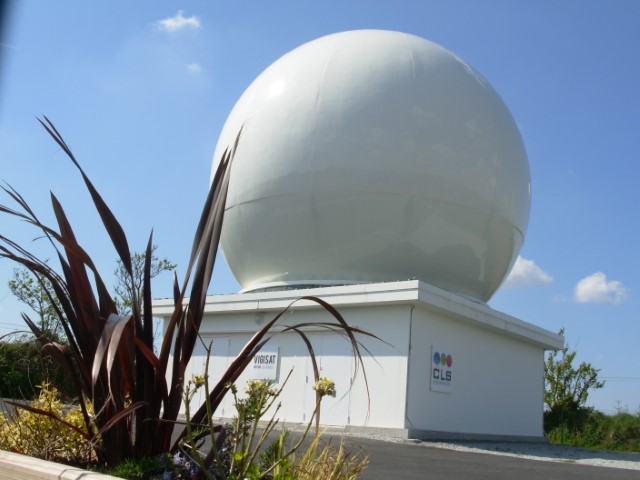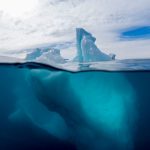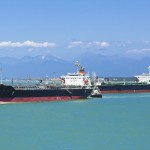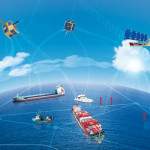← Back
Jules Verne Trophy: CLS detects dangerous icebergs via satellite

The Jules Verne Trophy is an incredible circumnavigation speed challenge, for crewed vessels, without stopovers. Contestants must cross the starting line between Créac’h lighthouse on Ushant Island and Lizard Lighthouse and travel around the world leaving the capes of Good Hope, Leeuwin and Horn to port.
It’s a crazy adventure for extraordinary navigators, imagined one evening in 1985, in homage to Jules Verne’s character, Phileas Fogg. Maxi SPINDRIFT-2, skippered by Yann Guichard, crossed the starting line on Wednesday, January 16th, to attempt a new record. The Spindrift-2 team works with CLS, Collecte Localisation Satellites, subsidiary of CNES, to help the team avoid icebergs along its route.
CLS’s ice detection expertise to help Spindrift attain the Trophy
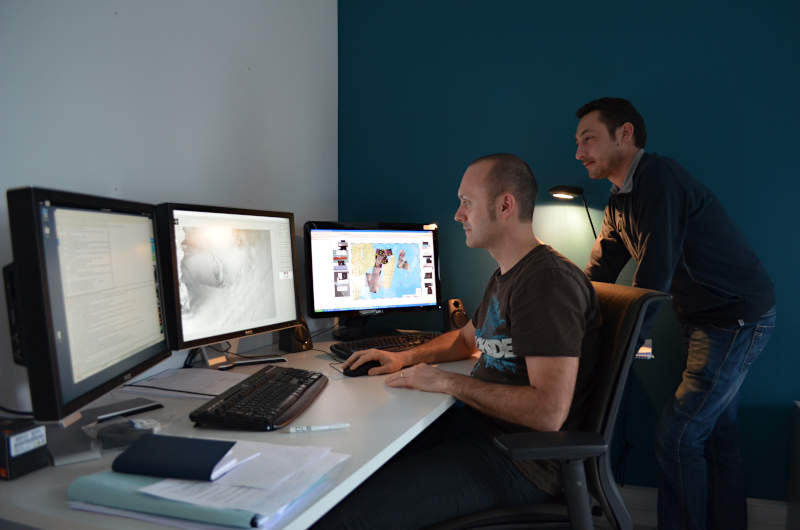
Which satellites are used to detect icebergs?
To detect icebergs and forecast their drift, CLS experts use data from up to ten different satellites, including Jason-3 and Sentinel-3, radar imagery from the European Space Agency (ESA)’s Sentinel-1 satellite and RADARSAT-2, as well as CLS’s specialized drift model.
VIGISAT, located near Brest, is CLS’s ground station for receiving and processing satellite radar data and it is the only civilian radar reception station in France. VIGISAT’s team of analysts will help Spindrift-2’s crew during this round the world race. Its ice experts have been working closely with the Spindrift team since August 2018 to prepare the race, programming the most relevant radar acquisitions.
